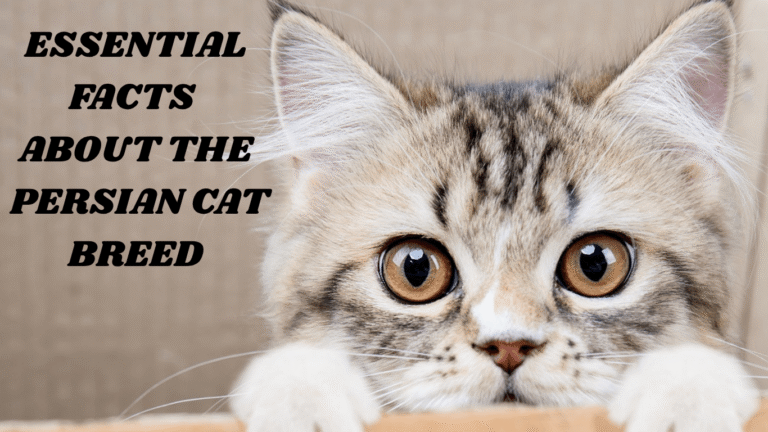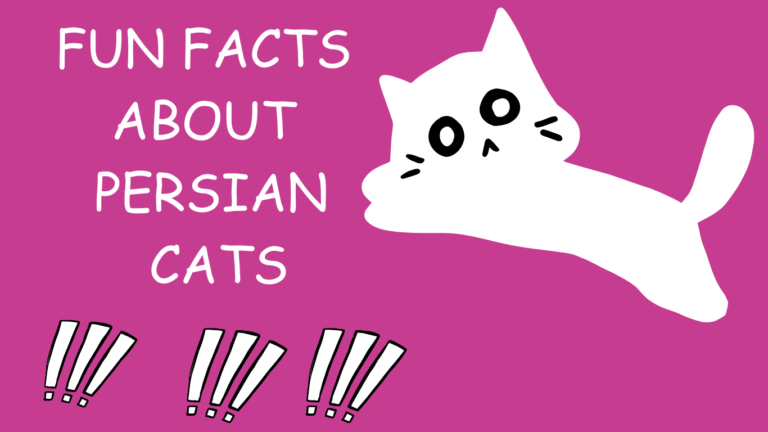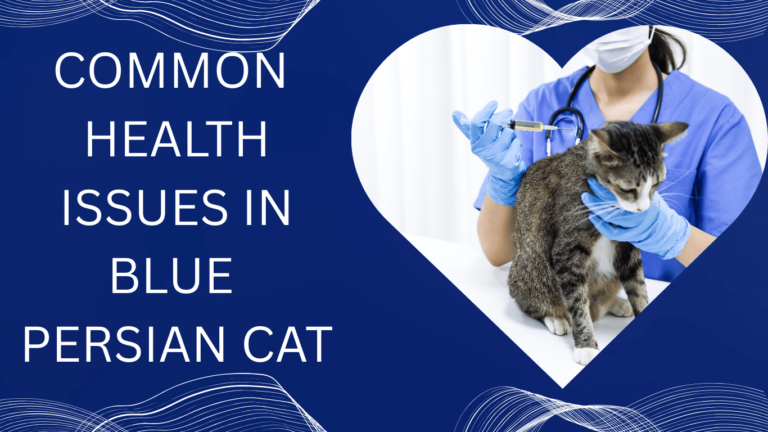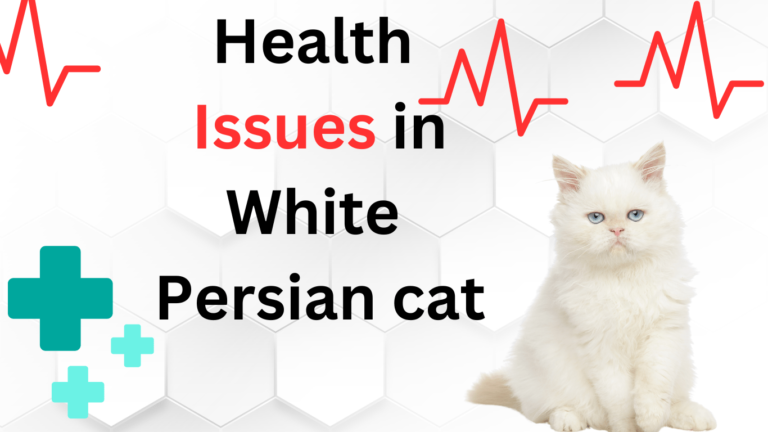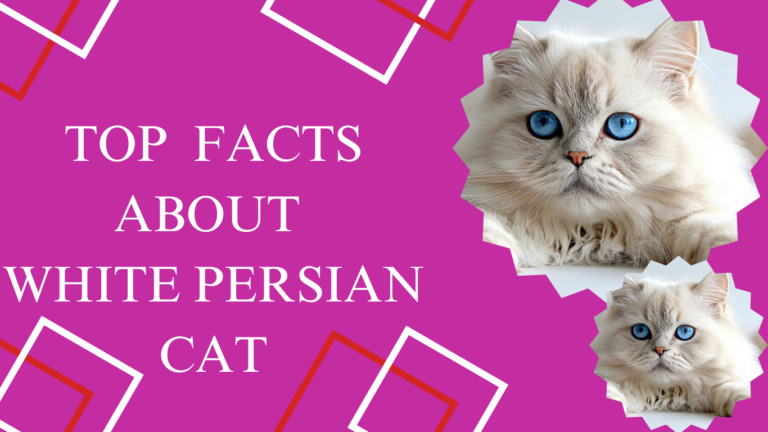Persian cat Breed Essential Facts.
The Persian cat Breed sometimes referred to as the Persian Longhair, is a long-haired breed distinguished by its short nose and round face. It has not been established whether the earliest known Persian cat forebears were brought to Italy from Khorasan as early as 1620.

Origin
Since there are no long-haired examples of the African wildcat, the parent of the domestic species, it is unknown when long-haired cats first appeared.
Dating back to the 1600s, Persian cats are among the oldest cat breeds.
While there are question marks about where they came from, they’re believed to have originated in Mesopotamia, later called Persia (hence the name), which is now modern-day Iran. In the 17th century, European adventurers claimed to have smuggled them out of Persia.
The Persian cat’s physical characteristics Persian cats are medium- to large-sized, muscular, heavy-boned, and have short, thick legs, massive paws, large shoulders, a short neck, a broad chest, and a relatively short tail. They have large heads with animated, wide-set eyes and a short nose.
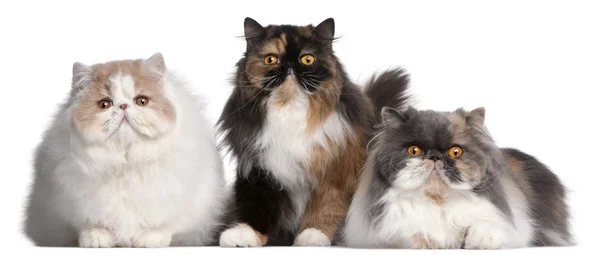
Varieties of Persian From sources across the web
- Chinchilla
- doll Face Persian cat
- Blue cat
- Calico cat
- Himalayan
- Silver
- Tabby
- Black
- Persian cat and temperature
- Gentle
- Adaptable
- Charming
- Sweet-tempered
- Communicative
- Playful
Grooming
Brush in the direction of the fur growth at all times.As you proceed from the head to the tail, trim off any extra fur with the slicker or deShedder. After finishing, you can use a wide-toothed comb to smooth down your cat’s fur coat. With a Persian, brushing every day should be the norm.
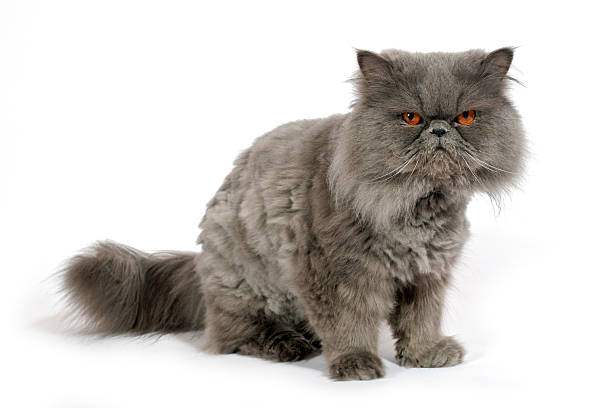
Persian cat health issues
- Polycystic kidney disease
- Brachycephaly
- Dental disease
- Eye problems
- Hypertrophic cardiomyopathy
- Skin condition
- Heart Disease
- Hip dysplasia Progressive retinal atrophy.
Nutrition and diet requirements of Persian cat.
The ideal diet for the Persians Nutrient group Ideal percentage.
- Animal protein 50% or more
- Fat from animals up to 20% Carbs Less than 3%.
Important Factors to Consider When Eating Persian Cats:
Ensure the food contains a sufficient amount of animal protein to meet their carnivorous needs.
• Wet and Dry Food
A Persian cat can eat either, but wet food is easier on their flat faces and helps them stay hydrated.
• Stay hydrated
Because Persian cats are prone to kidney problems, feeding them wet food and a lot of water can help.
• Specific Needs
Think about feeding a Persian cat or a long-haired breed of cat food that addresses their health and other particular requirements.
• Omega Fatty Acids
Look for food containing omega-3 and omega-6 fatty acids to support skin and coat health.
Ideal Living Environment for Persian cat.
A Persian cat’s ideal living environment is a calm, indoor space with comfortable resting areas, vertical structures like cat trees, and plenty of opportunities for interactive play. They thrive in low-energy, indoor settings and benefit from a quiet environment with minimal stress.
In summary,
cats are beloved companions with a rich history and a significant influence on human lives; they are not just distant, autonomous animals. From their historical significance to the diversity among breeds and unique behaviors, cats continue to captivate and enrich our lives in myriad ways.
FAQs
What is special about Persian cats?
Their long, silky coat is one of their most distinctive features. They have an undercoat and a topcoat, which feels luxurious to the touch, but also tends to shed quite a bit. These long-haired cats can come in a multitude of patterns and colors, including white, black, blue, cream, chocolate, and red.
What is the Persian cat’s weakness?
Persians have breathing issues because of their shortened noses and nasal cavities. Many have asthma and eye-related problems because of this. That’s their weak point, and it can cause them to pause playing and running earlier than other breeds.
What is the weak spot of a cat?
Cats feel threatened when you try to pet them in their stomach and chest because those are their weak parts. Similarly, the legs, paws, and tail are sensitive areas, so he may not enjoy the sensation of strokes or scratches there.


